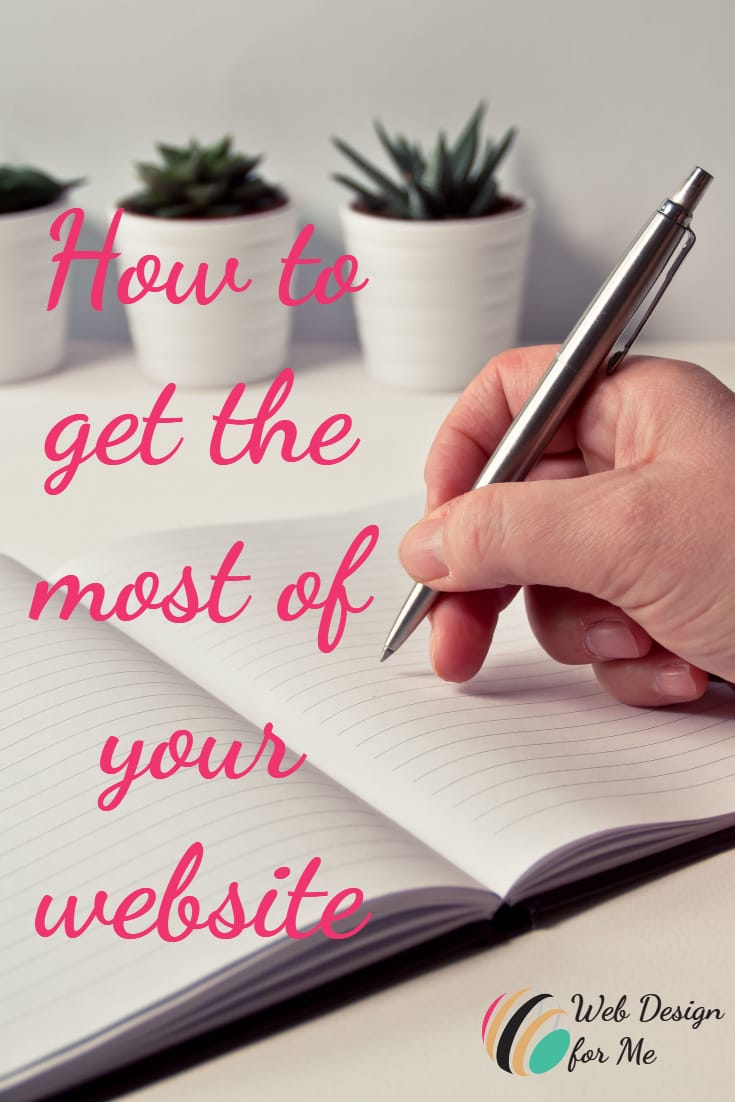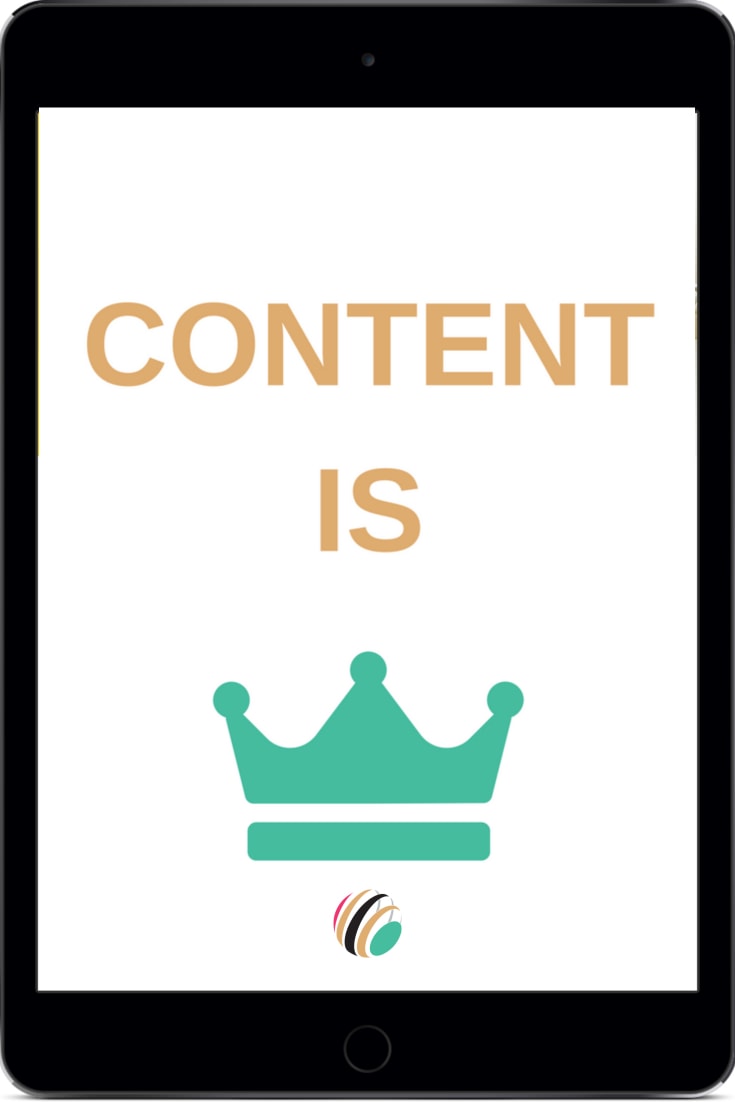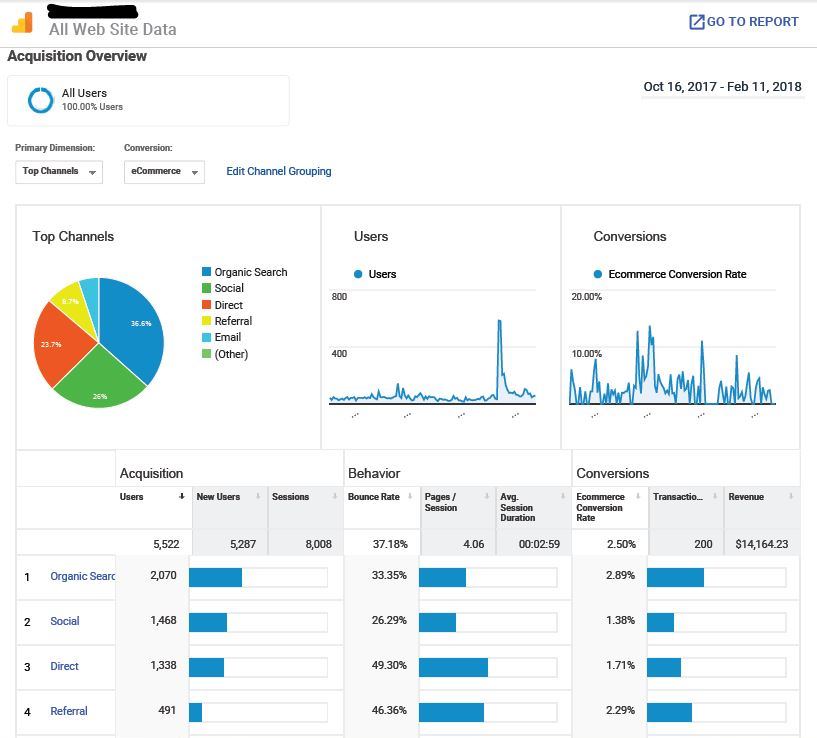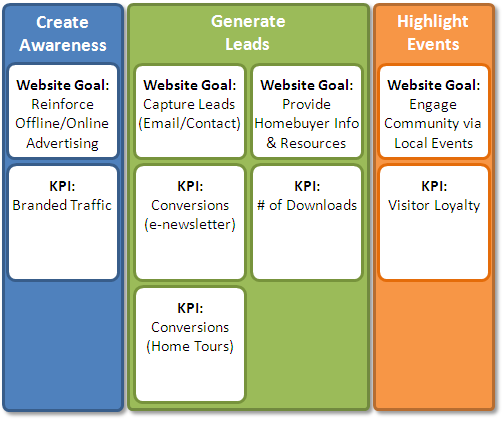Are you about to start a re-design or perhaps you’re embarking on a new site? Your website can be a vital part of building your business profile, both offline as well as on-line, if you make the most of it. Here are 6 important things to help you get the most out of your website.

1. KNOW YOUR WEBSITE GOALS
In our experience, your website purpose has to be 100% aligned with your business strategy (and marketing strategy of course). What is the purpose of your site and how is it supporting your business? What are you trying to accomplish with it, do you want to gain sales leads, bookings, provide information, increase newsletter signups or sell products? In any case, you need to be very clear about your website purpose and what goals does it have; after that, you can design it accordingly. The best way to quantify the success of your website is to identify its goals and then measure the results.
Goals are specific strategies you’ll leverage to accomplish the business objectives. After defining such goals you need to pick the Key Performance Indicators. The work balance will shift to you as you are the expert here, with Management in a guidance role. Source: Emory Libraries.
2. THINK ABOUT USABILITY
Usability is a complex and detailed component of good web design, however here are a few pointers to get you started. Implement these accordingly and you’re on your way to helping your visitors achieve the goals you’ve set out for your site:
a) Navigation:
Make sure your navigation is intuitive and consistent. Not everyone enters your site via the home page so keep navigation consistent across the site and use obvious page names to categorise different parts of your site.
d) Link recognition:
Ensure that your hyperlinks are easy to recognise, so make sure they stand out from your normal body copy. Colour and underline link text so that users don’t ever have to guess where they need to click.
b) Readability:
Make sure your text is readable and not obscured by background images or distracting animated elements. Use a decent size font size, Smashing Magazine advises 16px (0.063 em) for body copy. This will, of course, depend on the type of font that you use.
e) Information design:
Place important information to the top left of the page (if you are making a website in English). According to research, English speakers spend most of their time at the top left of the site. And use attractive landing pages such as one-page designs.
c) Write for the web:
Remember, people read differently on the web than on print. Give your content some room to breathe. Use white space to break up content and don’t be afraid of breaking information up into paragraphs. Small amounts of clear and concise copy will engage your visitors far better than too much information. You can read more here about writing copy for the web.
f) User centered approach:
Rather than thinking about all the functions, widgets and slideshows that you think will make your site the coolest kid on the block, think about what your user needs to achieve their goals. Work from here to map out the type of content and functionality for your site.
3. WRITE FRESH AND GREAT CONTENT CONTINUOUSLY
Your website must have your products/services and also content that can catch people’s attention. Good content will engage your visitors and encourage them to come back. Content includes written blog posts, image galleries or a portfolio, video listings or information, and you should keep it regular and fresh.

Choose a topic you know a great deal about. Focus on something that you feel passionate about without the feeling of being ashamed. In fact, the internet is a great place for niche content precisely because your potential audience is global, not local; this increases your odds of connecting with people who want what you have to offer. Only by making the site-specific to you and your experience will you be able to offer something that no one else can.
Emphasise quality over quantity. One of the disadvantages of the internet is that it is jam-packed with distractions and encourages superficial reading. If your site is nothing but fluff, people will skim it quickly and move on to something else. On top of that, because the internet feels anonymous, people are quick to pounce on inaccuracies, typos, and bugs – which can sink your site and kill your morale. Be sure to pack your site with content people cannot find anywhere else, even if it means you have less of it.
Make sure you let people know about your new content too, either through your social media profiles or by enabling people to subscribe to your content by email or sending out updates in regular e-bulletins.
4. USE QUALITY PHOTOGRAPHS
The web is a visual environment, so if you use photographs for your website make sure they are good quality and optimised for the web. This is particularly the case if your site is an online store or gallery; beautifully shot images will get buy-in much quicker. So instead of posting those grainy backyard shots of your homemade boutique furniture, get some high-quality professional photographs that show your product in the actual environment it’s going to be used. Make sure your images are then properly optimised for your website so it doesn’t impact on speed and load time because a slow site will only drive visitors away.






“There are three responses to a piece of design – yes, no, and WOW! Wow is the one to aim for.” -Milton Glaser

5. MONITOR AND ANALYSE
If you haven’t already installed Google Analytics on your website, then now’s the time! This free and very powerful analytics tool can give you information about how long visitors stay on your site, what they’re reading, the browser or device they’re using when they access your site, or even where they are in the world. All very useful in measuring how your website is performing and how you can better target your content.
6. MOBILE FRIENDLY
People are accessing the internet on their smartphones and tablets more than ever; approximately 80% of internet users own a smartphone. How is your site performing on these devices? Now’s the time to check. You may have heard of responsive websites, but if you haven’t, responsive websites are designed to fit any browser no matter what the size. It’s a great way to make sure your site is smart device friendly without having to build an app or a mobile version of your site (therefore saving you money and time).
Use your analytics to see what content your visitors’ browse to when they’re on their smart devices. Often it’s contact details, services or information about your business. Responsive design is a clever thing and you can use it to show targeted information easier to your visitors on their devices. This is a great way to help people engage with your business no matter where they are.
Would you like to refresh your website to convert more visitors into customers? We can help! Find out what we can do to take your business to the next level by checking our custom website packages.

Very good tips and pointers for people who would like to improve their website and those are just starting out. It’s really important that you know your goals and your plans so you can decide better when it comes to the content and the layout.
Love these tips! My blog is still new and I’m always looking for ideas on how to improve my website. I’ll definitely be installing Google Analytics ASAP
We are in the middle of a re-brand for our site. This has some great things we need to consider as we do this. Thanks for the great info!
I think high quality photos are the best! beautiful imagery really attracts people! i need to set goals and monitor data for my blog more often!
Great tips! These are truly the things that need to be noted to maximize the potential of a website. Let me share it with my friends. Thanks for your thoughts.
Such a great post for me right now! Really trying to focus my blog & website!
This is so helpful! I’m trying to redesign my site and make sure it’s as functional and efficient as possible!